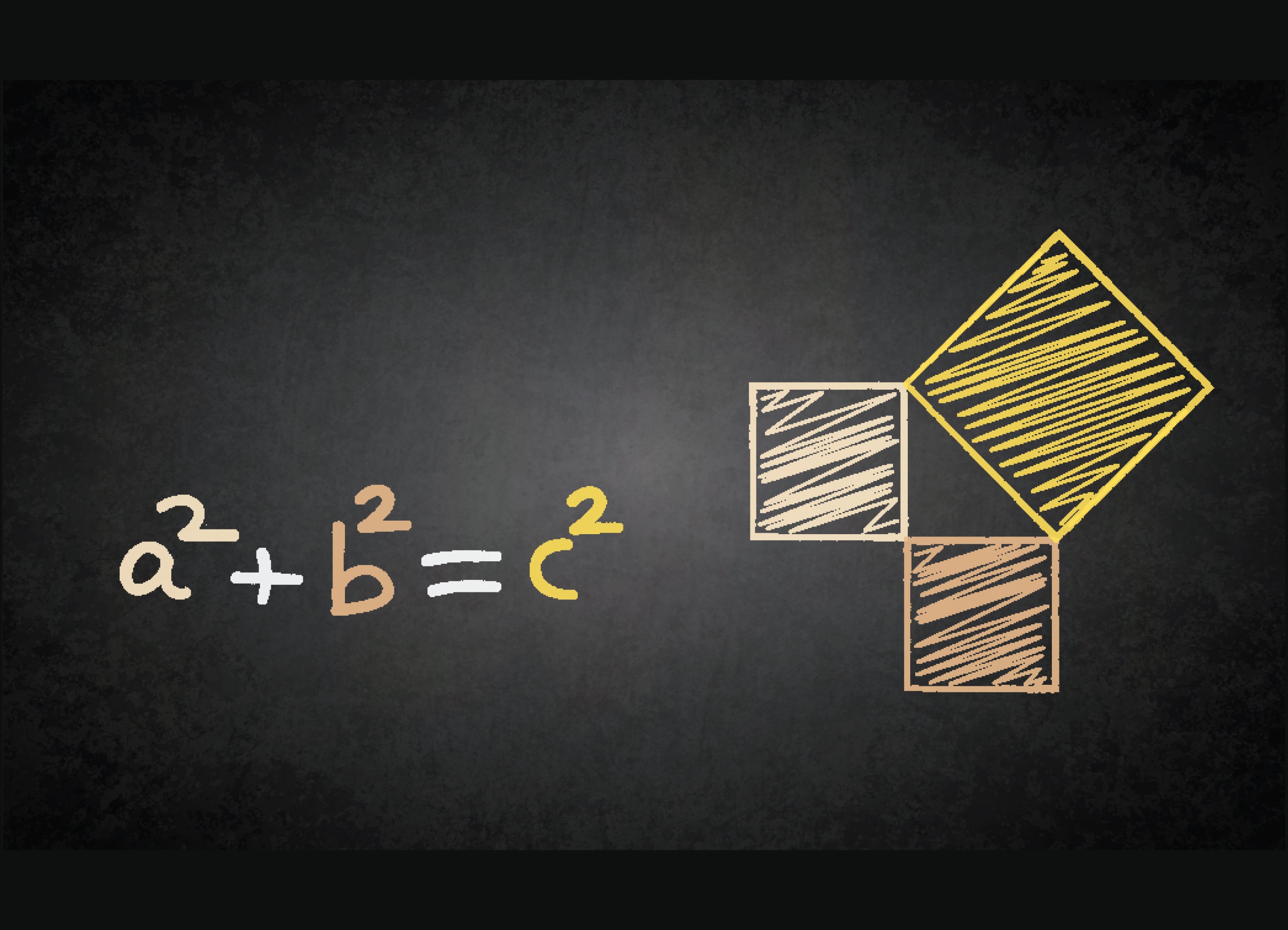
Two high school students have proved the Pythagorean theorem in a way that one early 20th-century mathematician thought was impossible: using trigonometry.
Calcea Johnson and Ne’Kiya Jackson, both at St. Mary’s Academy in New Orleans, announced their achievement last month at an American Mathematical Society meeting. “It’s an unparalleled feeling, honestly, because there’s just nothing like it, being able to do something that … people don’t think that young people can do,” Johnson told WWL-TV, a New Orleans CBS affiliate.
If verified, Johnson and Jackson’s proof would contradict mathematician and educator Elisha Loomis, who stated in his 1927 book The Pythagorean Proposition that no trigonometric proof of the Pythagorean theorem could be correct. Their work joins a handful of other trigonometric proofs that were added to the mathematical archives over the years. Each sidestepped “circular logic” to prove the pivotal theorem. So what exactly is a trigonometric proof of the Pythagorean theorem, and why was Loomis so closed off to the idea?
The Pythagorean theorem provides an equation to calculate the longer side of a right triangle by summing the squares of the other two sides. It is often phrased as a2 + b2 = c2. In this equation, a, b and c represent the lengths of the three sides of a right triangle, a triangle with a 90-degree angle between two of its sides. The quantity c is the length of the longest side, called the hypotenuse. Though the theorem is named for the ancient Greek philosopher Pythagoras, some historians believe it was known in Babylon around 1,000 years earlier.
The theorem “connects algebra and geometry,” says Stuart Anderson, a professor emeritus of mathematics at Texas A&M University–Commerce. “The statement a2 + b2 = c2, that’s an algebraic statement. But the figure that it comes from is a geometric one.”
Meanwhile trigonometry focuses on functions that depend on angles. These functions, such as the sine and cosine, are defined using right triangles. Imagine a right triangle with one side that lies flat against a table and another that shoots straight up from where it meets the first side at a right angle. The hypotenuse will reach diagonally between these two sides.
Now measure the angle between the hypotenuse and the table. Mathematicians define the sine of this angle as the height of the vertical side divided by the length of the hypotenuse. The cosine of this angle is the length of the horizontal side divided by the hypotenuse. The Pythagorean theorem is therefore equivalent to the equation sin2 x + cos2 x = 1. “A lot of the basic trig ‘identities’ are nothing more than Pythagoras’ theorem,” explains Anderson, referring to equations that describe relationships among different trigonometric functions.
Loomis believed that if you used these functions in a proof of the Pythagorean theorem, you would have assumed the theorem to begin with—a circular argument and thus an unforgivable mathematical error.
But that’s not always true. In their talk at the American Mathematical Society meeting, Jackson and Johnson said a trigonometric identity called the law of sines didn’t depend on the Pythagorean theorem and that they could use it to prove the theorem.
Anderson hopes that Jackson and Johnson’s proof will raise interest in mathematics among students. “It kind of makes me wish I still had a class so I could talk about it,” he says.
The other trigonometric proofs of the theorem that have appeared in the past include a few that are described on mathematician Alexander Bogomolny’s website. One of these was crafted by Jason Zimba, then a physicist and mathematician at Bennington College, and published in Forum Geometricorum in 2009. This proof used a trigonometric identity which allows you to calculate the cosine and sine of an angle x – y without using the Pythagorean theorem—if you know the cosines and sines of x and y on their own.
On October 26, 2009, Bogomolny added Zimba’s proof to his website, writing “Elisha Loomis, myself and no doubt many others believed and still believe that no trigonometric proof of the Pythagorean theorem is possible…. I happily admit to being in the wrong.” Over time, Bogomolny added more trigonometric proofs to the site: one such proof could be written in just four lines.
The saga shows how even the simplest mathematics can surprise us. “Mathematicians, I think, have learned to not make a bold claim that something is impossible because we’ve been embarrassed over the years too many times by doing that,” Anderson says.
The American Mathematical Society has encouraged the New Orleans students to submit their proof for publication in a peer-reviewed scientific journal.

